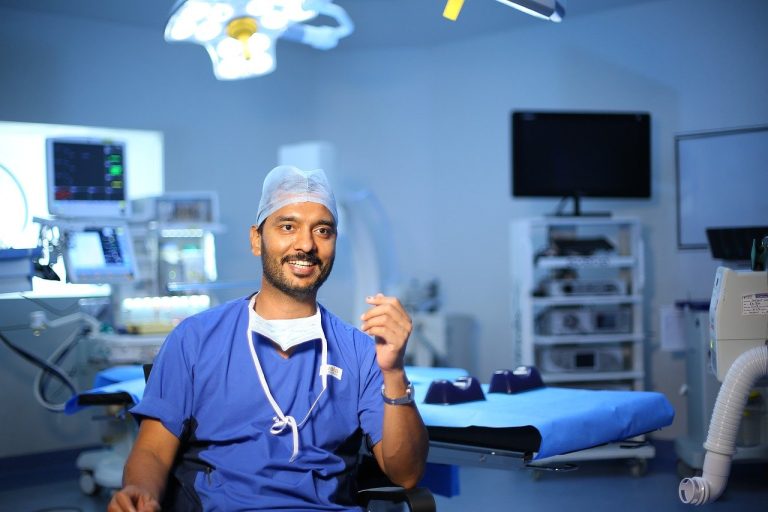Vascular surgeons play a crucial role in treating thoracic aortic aneurysms. These specialists focus on the body’s blood vessels. Their skills are vital when dealing with the aorta, the largest artery. An aneurysm in the thoracic region can be life-threatening. Surgeons use advanced techniques to manage these conditions. They have expertise in procedures like Evergreen Park carotid stenting. Such interventions ensure better outcomes and patient safety. Understanding their role helps highlight the importance of timely medical care.
Understanding Thoracic Aortic Aneurysms
A thoracic aortic aneurysm occurs when a weakened section of the aorta bulges, much like a balloon. This bulge can grow over time and may eventually rupture, posing a serious risk. The aorta extends from the heart through the chest and supplies blood to the body. When an aneurysm develops in the thoracic area, it demands immediate attention. Early detection and monitoring are key to preventing complications.
The Role of Vascular Surgeons
Vascular surgeons are trained to address complex issues like thoracic aortic aneurysms. Their expertise includes diagnosing, treating, and managing these conditions effectively. By using minimally invasive techniques, they can repair the damaged part of the aorta and prevent rupture. This often involves the use of stents or grafts to reinforce the weakened area.
Common Procedures
Vascular surgeons perform several procedures to treat thoracic aortic aneurysms. Here are three common ones:
- Endovascular Stent Grafting: A minimally invasive approach that involves placing a stent through a small incision in the groin. The stent supports the artery wall and reduces aneurysm pressure.
- Open Surgical Repair: Involves a larger incision to access the aorta directly. Surgeons replace the affected section with a synthetic graft.
- Monitoring and Lifestyle Changes: For smaller aneurysms, doctors may recommend regular check-ups and lifestyle adjustments to slow growth.
Comparing Procedures
Choosing the right procedure depends on several factors, including aneurysm size and location. Here’s a comparison of endovascular stent grafting and open surgical repair:
| Procedure | Invasiveness | Recovery Time | Suitability |
| Endovascular Stent Grafting | Minimally invasive | Shorter | Suitable for high-risk patients |
| Open Surgical Repair | More invasive | Longer | Better for large or complex aneurysms |
The Importance of Regular Check-Ups
Regular check-ups are crucial for anyone with a thoracic aortic aneurysm. These appointments allow for ongoing monitoring and timely intervention if the aneurysm grows. A combination of imaging tests and physical exams helps track any changes.
Prevention and Lifestyle Adjustments
While not all aneurysms are preventable, certain lifestyle changes can reduce risk. Here are three key adjustments:
- Quit Smoking: Smoking weakens blood vessel walls, increasing aneurysm risk.
- Control Blood Pressure: High blood pressure puts extra stress on arteries.
- Exercise Regularly: Physical activity promotes healthy blood circulation.
These steps, combined with medical advice, can help manage and reduce the risk of aortic aneurysms.
Conclusion
Vascular surgeons play an essential role in managing thoracic aortic aneurysms. Their expertise ensures that patients receive the best care possible, whether through surgical intervention or lifestyle advice. By understanding the options and importance of early detection, individuals can take proactive steps toward maintaining heart health.

